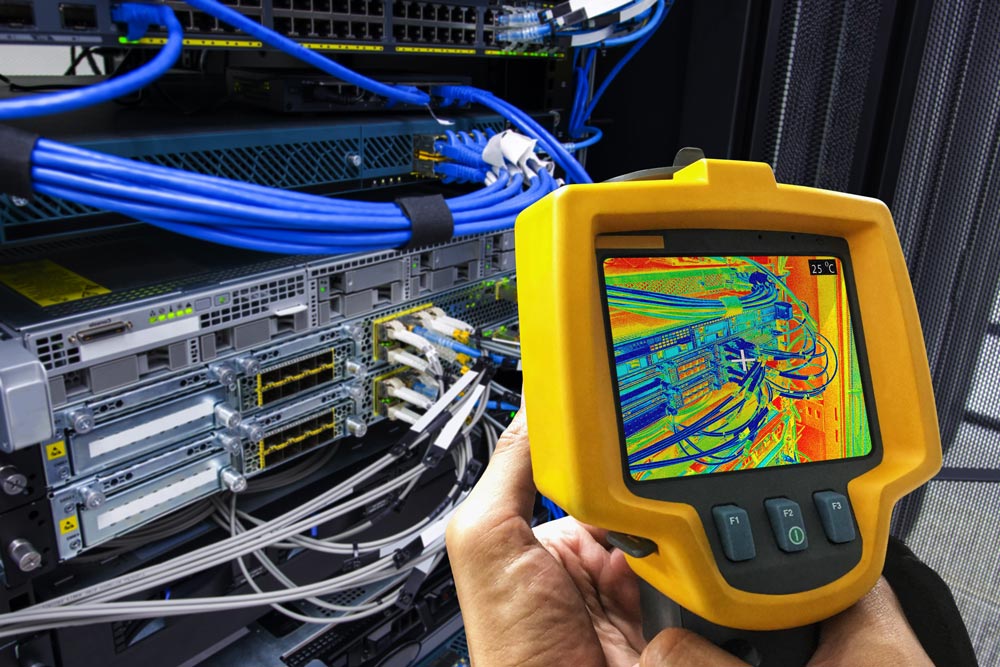Co-authors: Magnus Rotan, Ingrid Camilla Claussen, Ann Kristin Kvellheim.

The approaching energy crisis in Europe together with the increasing share of electricity production from variable renewable energy sources such as wind and solar has turned electricity into a valuable commodity. In Norway, households account for as much as 30 % of electricity consumption (link in Norwegian), and the majority of this goes to heating. Space heating is something that can be covered with other, lower-quality energy carriers than electricity, given that the buildings are adapted for district heating.
Using surplus heat for heating purposes will reduce the need for energy from other sources, and thus contribute to ensuring a sustainable energy supply at a more affordable price.
The research centre HighEFF has previously estimated that there is approximately 20 TWh of industrial surplus heat available in Norway, corresponding to nearly 10 % of the total final energy demand – and this figure does not include various urban surplus heat sources, such as data centres. The use of surplus heat for building heating is however more complex and riskier than the purchase of district heating or electricity, with respect to both investment and operating costs, and the security of supply. A recent study carried out in the research centre FME ZEN has shown that good collaboration models can help to overcome these barriers and promote the use of surplus heat. The study looked at four different models: direct collaboration through one-on-one agreements, third-party ownership, local energy markets and the open district heating model from Sweden.
Open district heating is without a doubt an effective approach for integrating several surplus heat sources in a larger district heating network. Third party ownership, where an external company takes responsibility for the investment and operation of the heat recovery system, can still be a better approach for individual cases. Winns, NTE and Trøndelag County Municipality are among companies looking at the use of this approach. Local energy markets can be a good solution in areas with a lot of local production of electricity and heat. One-on-one agreements is the simplest approach when the number of actors is small but will not necessarily promote more widespread use of surplus heat as efficiently as the other models.
In addition, there are a number of regulatory and economic barriers that can prevent the use of surplus heat. The Energy Act treats heat and electricity very differently; while the grid companies are obliged to offer a contract to an electricity customer that produces its own energy, there is no corresponding scheme for heating. There is no framework for pricing surplus heat, nor are there any other schemes that support the establishment of businesses with surplus heat available near potential users for the heat.
Good demonstration projects, with the following positive media attention, are important to get more projects realized – which will naturally contribute to the development of collaborative models and a market that promote the use of surplus heat. In this context, research centres such as FME ZEN have an important role to play.
- Read the full report New models for collaboration can promote the use of surplus heat in areas (in Norwegian)

Great quality publishes. I adore simply how much information one can have from your world wide web.
Thanks a lot for the positive comment!